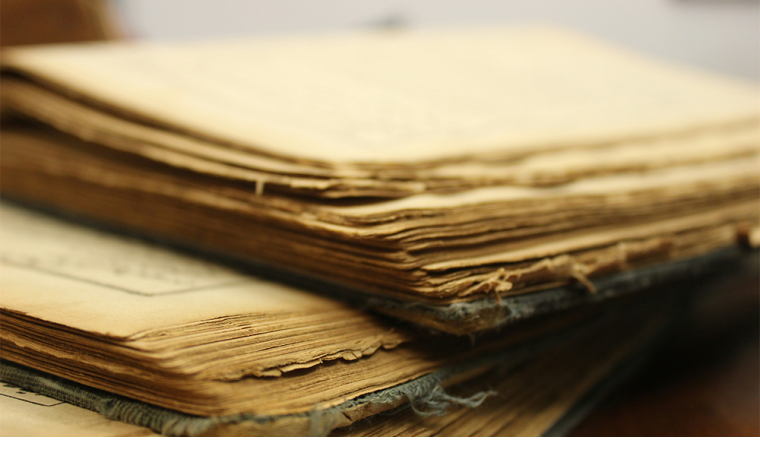In our Craft Capsule series, authors reveal the personal and particular ways they approach the art of writing. This is no. 235.

In Part 1, I discussed different kinds of “foreign objects” one might incorporate into a poem: texts (by others or by you), documents, photographs, or graphics. I asked: Why do this? What might the presence of such an object do in, or to, the poem? What purpose does the object serve? What space(s) or angles of view could it open up for the reader? For the writer?
Once you have in hand, or within reach, texts or images that seem luminous or monstrous, radioactive or ordinary, and have brought them into proximity with one another, you are faced with the question of how to incorporate them into the work. These are craft-related questions about arrangement, identification, and connectivity.
Do you incorporate these objects in their entirety? In segments or fragments? How might they be assembled? In what constellation or sequence? Do they carry equal weight? Does one predominate? Does one feel like “background”? How might they work within, and structure, the work as a whole?
As you move through the iterative process of pairing, paring, and arranging, what do you learn? As I juxtaposed and blended WWI British military field manuals with medieval Tibetan texts of protective magic for my book Salient (New Directions, 2020), I learned more about each text. I found parallels I had missed: Neither detailed trench construction diagrams nor demon-repelling amulets can protect one from arbitrary death. I faced assumptions that turned out not to be true: Locating the site of a German artillery battery and identifying the lair of a ground-demon are in fact related tasks. Be prepared to alter your initial intentions and objectives when texts, images, and documents, in their interstices, bring new understandings to light. Sometimes two objects repel each other; they refuse to fit. This, too, is illuminating.
And then there is the question of how the object is incorporated into its place in the work. Should it be identified as a “foreign” object? And if so, how? Inside the text itself or by means of paratextual material?
Within the text of the work, poets like Marianne Moore, George Oppen, and Rachel Blau DuPlessis use quotation marks to identify text borrowed from elsewhere. Susan Howe, Carlos Soto Román, and Claudia Rankine clearly distinguish images of documents and photographs from surrounding text. Other writers have used font changes and spatial arrangements to indicate an embedded element.
Paratextual material like introductions, prefaces, and afterwords can point to sources integrated into the work. Endnotes, footnotes, or notes in the margins enable a reader to locate specific material.
There are also questions of connection and integration. Should the borders between two objects be stark, porous, or invisible? The strength or weakness of a seam between objects can focus attention, disorient, and surprise. On my first encounter with the poems in Reznikoff’s Testimony (New Directions, 1965), I thought I was reading dramatic monologues created for fictional characters. Only later did I understand that the poems had been built from witness testimonies accessed through his legal work. Suddenly the poems were not fictions, but documents that brought concrete individuals, their voices, histories, and difficulties, into the space between the page and me.
You have a poem waiting to be written. You have letters, documents, photos, pieces of history or literature that seem luminous, radioactive, or ordinary. These objects ask for time or space, to be addressed or heard—by you, or by one another. They are gifts. Assemble and protect them.
Elizabeth T. Gray is a poet, translator, critic, and corporate consultant. Her poetry collections include After the Operation (Four Way Books 2025), Salient (New Directions 2020) and Series | India (Four Way Books, 2015). Her translations from classical and contemporary Persian include Let Us Believe in the Beginning of the Cold Season, the selected poems of Forough Farrokhzad (New Directions, 2022), which was a finalist for the PEN Prize for Poetry in Translation, 2023 and The Green Sea of Heaven: Eighty Ghazals From the Diwan of Hafiz (Monkfish Publishing, 2024). She serves on the boards of Kimbilio Fiction, World Poetry, Flood Editions, Friends of Writers, the Beloit Poetry Journal Foundation, and Human Rights and Democracy in Iran. She holds a BA and JD from Harvard University and an MFA from Warren Wilson College. She was the founding CEO and Managing Partner of Conflict Management, Inc. and Alliance Management Partners, LLC, boutique consulting firms.
image credit: Monis Yousafzai






